Hare Indian Dogs
The
Hare Indian Dogs were located mostly in the Northeastern Territories of
Canada and the United States around the Great Bear Lake, Southwest to
Lake Winnipeg and Lake Superior and West to the Mackenzie River. Named
after the Hare Indian tribe, but was also owned by the Bear, Mountain,
Dogrib, Cree, Slave and Chippewa tribes. But like most of the working
types (breeds) found in the America’s, they were also found in lesser
numbers scattered amongst the other areas.

Notice hair length, sable coloring of the old Hare dogs to the modern American Indian Dogs
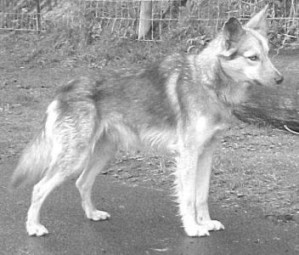
This old Hare type bloodlines show the modern American Indian dogs long hair look
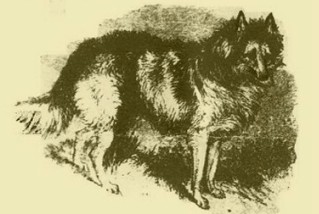
The old
Hare dog shows the same look of
the modern Hare bloodlines in the
American Indian dog breed
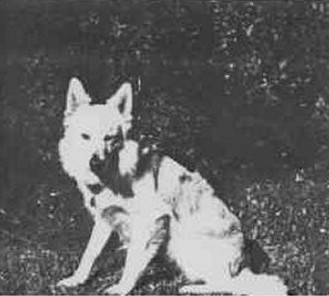
Buffalo Bill Cody - One of original foundation Hare bloodlines in the American Indian dogs
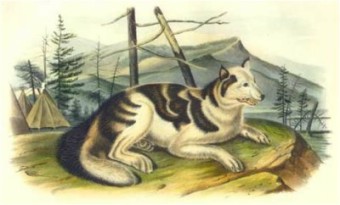
This old Hare Indian Dog drawing shows the
sable markings of the Old Hare dogs
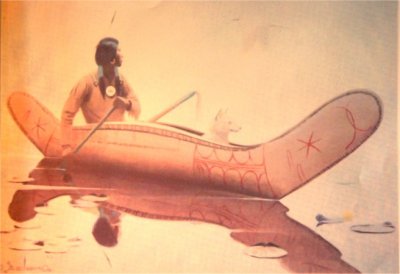
Checking traps with their owners, they were
called ‘Trap line Dogs’ and were very
spiritual companions to the Hare Indians.
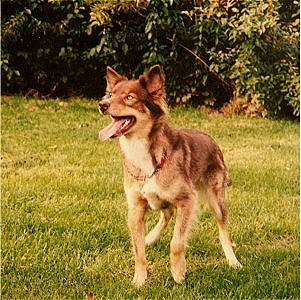
Notice the same sable long haired look of the modern American Indian dog Hare bloodlines
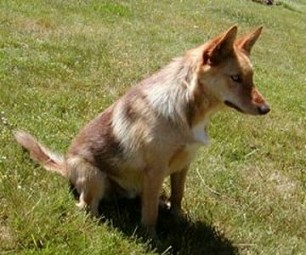
This is typical refined long muzzle of the
old Hare Dogs still seen in the
American Indian dogs
Even though very loving, docile and small, the Hare dogs were very fast hunting and herding dogs that rarely barked. Also they were very strong for their size, pulling toboggans, sleds and packing. Like the Tahltans, they climbed trees like cats and would often pull birds and game from trees. Being silent hunters, they could surprise game that thought they were safe there.
See close relationship of modern Hare
bloodlines to the old Hare lines
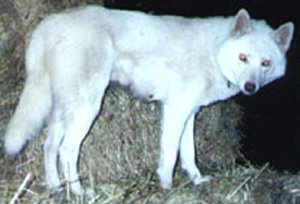
Sky Dancer I - You can see the
old spiritual look of the old
Hare in American Indian dogs
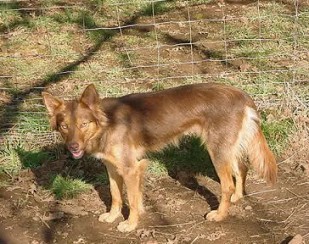
Mooka - breeder of old Hare lines within the modern American Indian dog bloodlines
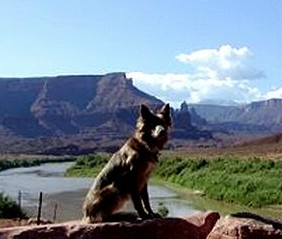
Riverhawk– silver/fawn sable, shows the same old Hare Indian Dog look
There was a shorter haired version called “the ‘small’ Indian Dog” that was found in the warmer climates down the Atlantic coast and down into the tip of south America, but they were not as numerous as the populations concentrated in the Hare dog's territories. These dogs were either related to the Pueblo dogs, Hare dogs or both. Small Indian dogs were also used for herding fish into nets and thick forest hunters in the Amazon forests, climbing trees silently after monkeys.
Click
on the links below to see articles and photos of both the
old and new American Indian Dogs.
